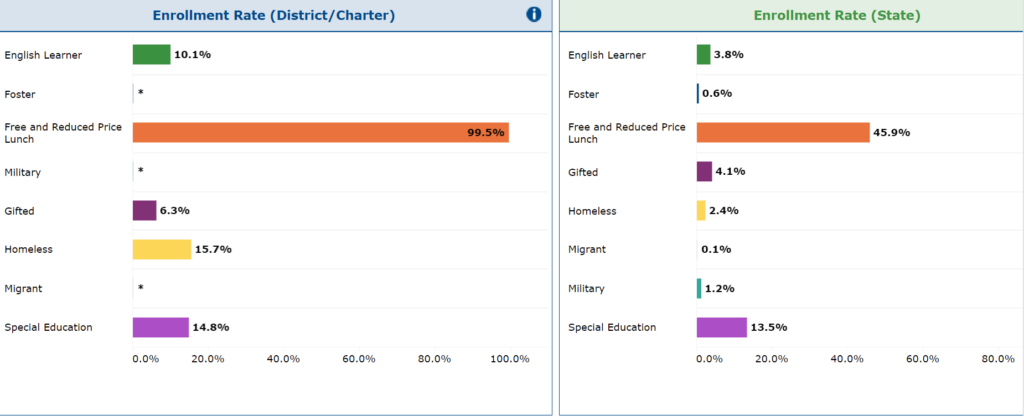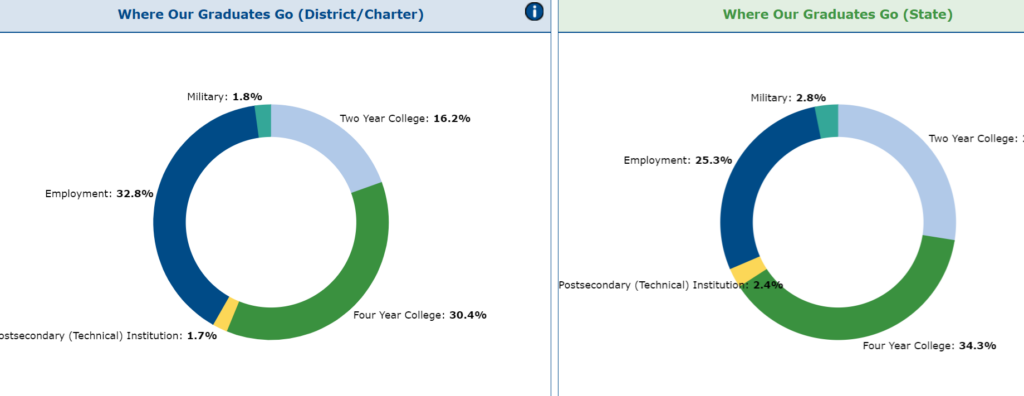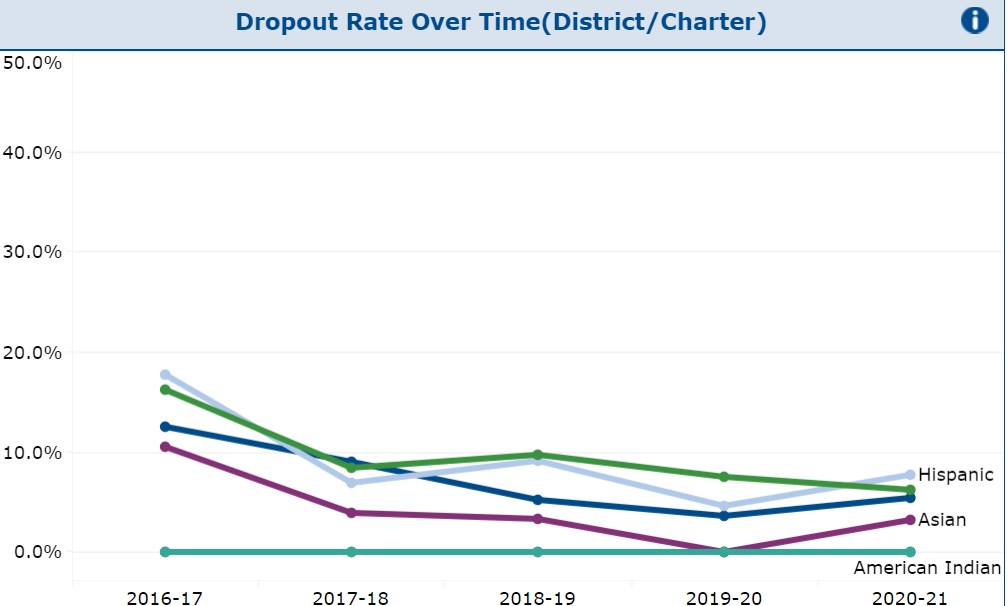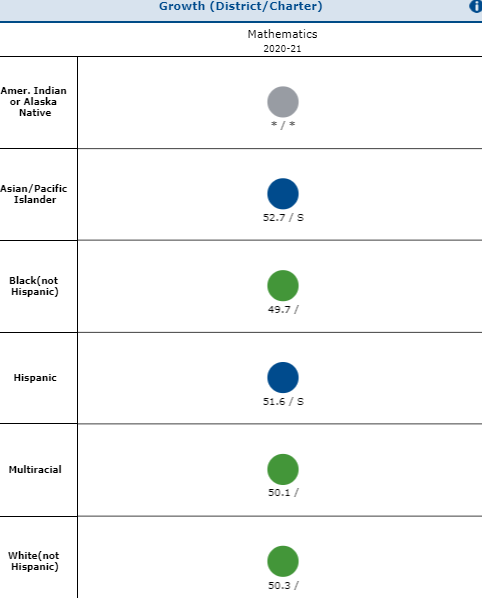Our city. Our schools. Our future. This city’s future is as bright or dark as the quality of its schools. When St. Louis Public Schools (SLPS) was founded in the mid-19th century, it quickly rose to prominence as one of the finest school districts in the nation. This contributed to the economic and cultural boom of the young city. From the district’s inception to the present day, SLPS has cultivated the artists, leaders, athletes, academics, and every day working people that make this such a rich city.
Over the last half century, SLPS has seen significant disinvestment as wealth decamped for the suburbs and much of the white middle class placed its children in private and, more recently, charter schools. I share this history without judgement, but instead with the hope that acknowledging it can help the city return to supporting SLPS. Of course, no one wants to send their children to a “failing” school, so let’s look to dispel some notions about SLPS. The district regained its accreditation after a decade in 2017, showing a strong effort and commitment to improvement. The data show post secondary choices of SLPS graduates look similar to the state overall while serving a higher percentage of students in poverty, experiencing homelessness, learning English, and in special education. Additionally, the district is showing statistically significant signs of academic performance gains. These charts are provided by the Department of Elementary and Secondary Education (DESE).


The following charts give some insight into the district’s growth in recent years. Dropout rates have declined since the district regained its accreditation. In the data sets for the ELA and Math standardized state tests, anything above a 50 shows students exceeded their predicted score and if it has an “s” next to it, then it was statistically significant.



In addition to the district’s growth, Metro High School (#1 in the state and a plurality Black school) has long been one of the top high schools in the state, but two other SLPS high schools are also in the top 15 for performance (McKinley #6, Collegiate #14). And though these are selective magnet schools, a non-insignificant share of students at these schools are products of the district’s neighborhood schools. Moreover, these high schools have more qualified applicants than capacity, meaning that a number of high achieving students attend schools like Gateway STEM, Roosevelt, or Soldan, which all have highly qualified teachers (over 50% of teachers in the district have advanced degrees).
So the case has been made that SLPS is on the right track and is more successful in its mission – to provide a quality education for all students – than its perception. What am I asking for, then?
I am asking for parents to give SLPS a fair chance. Talking with an SLPS parent recently, they shared just how much pressure there is to turn away from the neighborhood schools in particular. I understand the pressure to hunt for the best possible opportunities for your child, but consider that this practice is a zero-sum game of resource hoarding. Instead, I encourage you to show up to your neighborhood school’s open house, meet the teachers, and remember that your public schools are often the center of your community. In a district that is predominantly Black, this is also a greater path toward integration and helping your student to grow in a multicultural environment in preparation of a global world. SLPS educates every kid that enters through its doors, not just the ones with economic privilege or high academic achievement, and that’s a virtuous practice that creates a more dynamic learning environment. If parents assume the responsibility of giving SLPS the benefit of the doubt, I believe they will find themselves pleasantly surprised. Trusting in and supporting SLPS contributes to the common good of your neighborhood and the city as a whole.
I’m also asking for business leaders to invest in SLPS. Last year, SLPS missed out on up to $36 million due to tax breaks. That number has increased each of the last three years. This reality of tax breaks for businesses has aligned with some business leaders showing frustration with the quality of our school systems. If one purpose of school systems is to develop career ready citizens, I ask that our local business leaders invest in our future rather than mortgage it. In addition to ceasing requesting and accepting tax breaks, business leaders should also ambitiously create partnerships with SLPS to provide enrichment opportunities for students. Our collective future is rooted in our students. We need to prioritize investment in their growth.
Lastly, I’m asking for local politicians to put SLPS first. They, too, play a role in the approval of tax breaks and could significantly minimize the impact of tax breaks overnight. While it may not be politically popular to challenge a new development’s request for tax breaks, politicians should make a greater effort to evaluate the absolute necessity of those tax breaks to make projects feasible. SLPS provides too many wraparound services and is too central to community stability to not be prioritized. Another way that politicians can put SLPS first is by listening to the requests of the Board of Education and the Superintendent. Since SLPS has regained local control in recent years, it is more important than ever that local politicians support the Board of Education.
With the support of parents, businesses, and politicians, our city can continue to grow the quality of our schools for our future.
Disclosure: Author Tony Nipert teaches High School English for SLPS.

